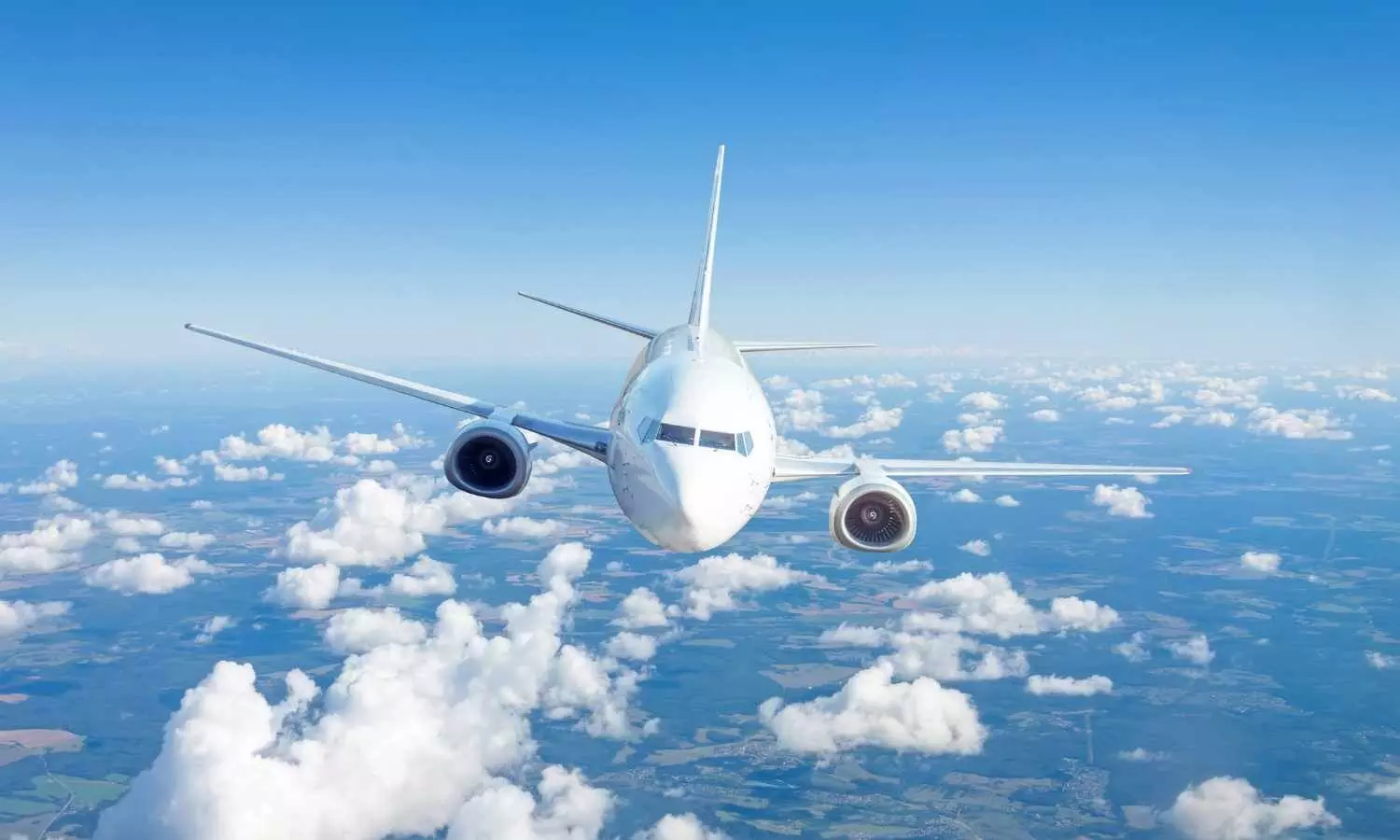India needs to focus on safety to grow the aviation industry
India must prioritize safety standards and regulatory oversight to sustainably grow its aviation industry. Enhancing infrastructure and safety protocols is key to long-term sector expansion.
India needs to focus on safety to grow the aviation industry

Air safety is crucial for aviation safety as it ensures the well-being of passengers and crew, protects valuable assets, and maintains public trust in air travel. Prioritizing air safety helps prevent accidents, reduces financial and legal liabilities, and fosters confidence in the aviation industry.
By prioritizing safety in training, we ensure the protection of human lives and valuable assets such as aircraft. Effective training programs instill a safety-centric mindset in trainees, equipping them with the skills and knowledge to avoid potential risks and prevent accidents.
The crash of Air India Flight 171 marked a tragic moment for global aviation in 2025, making it one of the deadliest years in recent memory. The Boeing 787, carrying 242 people, went down in a fiery explosion shortly after takeoff from Ahmedabad, India, crashing into a densely populated residential area and raising fears of significant casualties on the ground.
Air safety violations are in four categories: unsafe runway conditions, violations of rules framed by international civil aviation safety organisation, AAI and the DGCA, tall buildings within a 20km radius of the airport and non-reporting of air safety incidents. More than 85% of accidents take place during take-off or landing when the reaction time for the pilot is very less.
Until yesterday, 12 June, the smallest of the three variants of the Dreamliner planes manufactured by Boeing, the 787-8, had a stellar safety record.
None of the 1,000 such planes, first introduced in 2009 and delivered to different airlines, had ever crashed... until the accident involving flight AI171 from Ahmedabad to London on 12 June 2025.
Experts believe “It's a wonderful aircraft that's popular for international flights” and suspected that the investigation into the crash will include how Air India maintained the plane.
"If it was maintained to standards, then they will look more closely at Boeing. If they find the plane was not maintained to standards, then they're going to look deeper into Air India's maintenance programme.
However whistle blowers contend that less stringent processes were followed for planes that were to be delivered to airlines overseas — as opposed to airlines in the US, Canada and Europe — most aviation experts reporting in the Western media have speculated about mechanical failures and maintenance issues causing the crash in Ahmedabad.
Aviation safety is a step towards the prevention of accidents and incidents in the aviation industry. In other words, we can say “Safety is no accident”. In fact, an accident or incident is rarely by accident. It betrays many telltale signs during its building upstages that can be easily identified for timely intervention.
An accident is seldom the direct result of a single failure. Invariably, it is the coming together of various causal factors that stack up sequentially and converge into a single point in time, where the last trigger results in the overlap of all failed barriers.
It is usually, an instance of a single error or oversight, that finds unobstructed passage through a string of absent, ineffective, or failed barriers. The idea is to break the link in the chain leading to an undesirable and unsafe outcome.
Safety is of paramount importance, wherever humans are involved be it home, workplace, or in a vehicle.
In aviation, safety determines the very existence of the industry. Aviation is a complex business and involves the participation of people in more spheres than one.
From the manufacturer, maintenance, ground support, ATC, inflight to the flight crew, and even passengers, every agency plays a role in the safe take off to landing of every flight. This is achieved through an intricate network of procedures that prevent errors and omissions as well as processes that are in place to capture such lapses. People are working around equipment and in conditions that themselves have potential as hazards. This safety entails not only the safe operation of aircraft but also the safety and well-being of personnel involved behind the scenes.
Aviation safety has improved by the collaborative approach of the organizations that are involved in designing and production of aircraft and its equipment, oversight of regulatory requirements, operation of aircraft, Air Traffic Control, and infrastructure of the airport.
The extra margin of protection is also considered while designing an airplane to allow the pilot to safely exceed the limit in case of an extraordinary emergency situation.
Airplanes are rigorously tested by manufacturers in order to ensure they meet or exceed design standards and certification requirements.
Apart from airplane equipment and technology, manufacturers study and apply human factors to the design of commercial airplanes.
Glass cockpit, FLY-BY-WIRE, Terrain avoidance warning systems like Enhanced Ground Proximity Warning System (E-GPWS) and Predictive wind-shear equipment are excellent examples of how technology has made aviation safer.

